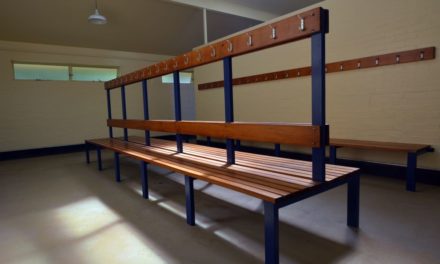In a world increasingly dominated by screens and sedentary lifestyles, the concept of “physical literacy” is more crucial than ever. It’s not just about being active; it’s about developing the fundamental movement skills, knowledge, and confidence to participate in a wide range of physical activities for life. Think of it as the ABCs of movement – just as reading and writing unlock a world of knowledge, physical literacy unlocks a world of health, well-being, and enjoyment through movement.
So, what exactly is physical literacy? It encompasses four key components:
- Motivation and Confidence: This is arguably the cornerstone. When individuals, particularly children, feel confident in their ability to move and try new things, they are far more likely to engage and persist in physical activity. It’s about fostering a positive self-perception regarding movement, rather than solely focusing on athletic prowess.
- Physical Competence: This refers to the mastery of fundamental movement skills (FMS). These are the essential building blocks for all more complex physical activities and include actions like running, jumping, throwing, catching, balancing, and kicking. Without a solid grasp of these basic skills, engaging in sports or other activities can become a source of frustration, leading to disengagement.
- Knowledge and Understanding: Physical literacy also involves comprehending the “why” and “how” of physical activity. This includes understanding the benefits of exercise, how the body functions, the rules and strategies of various activities, and essential safety practices. This cognitive aspect empowers informed choices about active living.
- Engagement in Physical Activity for Life: Ultimately, the goal of physical literacy is to cultivate a sustained love for movement. It’s about equipping individuals with the desire and capability to remain physically active across their lifespan, adapting their chosen activities as their interests and physical capabilities evolve.
Cultivating a Foundation for Lifelong Movement
Physical literacy is not an innate trait; it’s a developmental journey that begins in early childhood and ideally continues throughout life. Here’s how we can all contribute to building this crucial foundation:
- Prioritise Unstructured Play: For children, free play is paramount for developing FMS. Encourage running, jumping, climbing, and exploring diverse environments.
- Offer a Rich Tapestry of Experiences: Expose individuals to a wide array of activities beyond organised sports. Consider swimming, cycling, hiking, dancing, martial arts, or simply active games in the local park. This broadens their skillset and helps them discover activities they genuinely enjoy.
- Emphasise Fundamental Skill Development: Before specialising in a particular sport, ensure basic movement skills are mastered. Many progressive sports programmes now integrate FMS development into their core curriculum.
- Be a Positive Role Model: Children and young people are highly influenced by the adults around them. Demonstrate that you value physical activity and find joy in being active yourself.
- Focus on Fun and Enjoyment: The most sustainable form of physical activity is that which brings genuine pleasure. Help individuals find activities that truly excite and motivate them.
- Foster Supportive Environments: Schools, communities, and families all have a vital role in providing safe, accessible spaces for physical activity and actively encouraging participation.
Try PE Office
PE Office can be a PE department’s one-stop shop to access various activities and engaging content to embed into their curriculum. With engaging, curriculum-aligned content, learners can develop their knowledge and understanding in a fun and non-invasive manner.
The platform is also being redesigned in the background to further support departments to provide a more detailed overview and analysis of their learners. Interested to see what it’s all about? Visit the shop here. If you’d like to learn more about the developments in the background please email mail@peoffice.co.uk.










